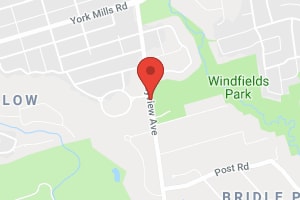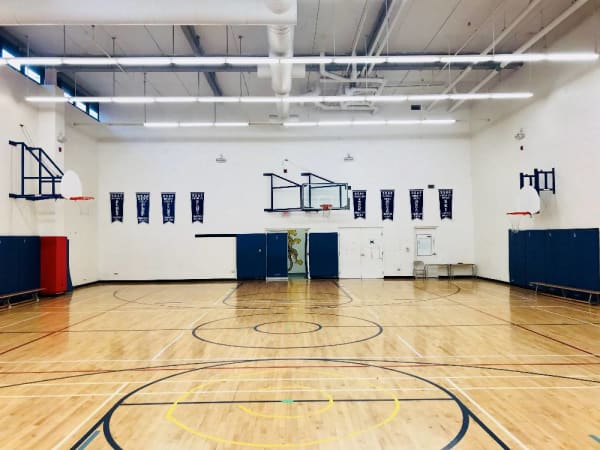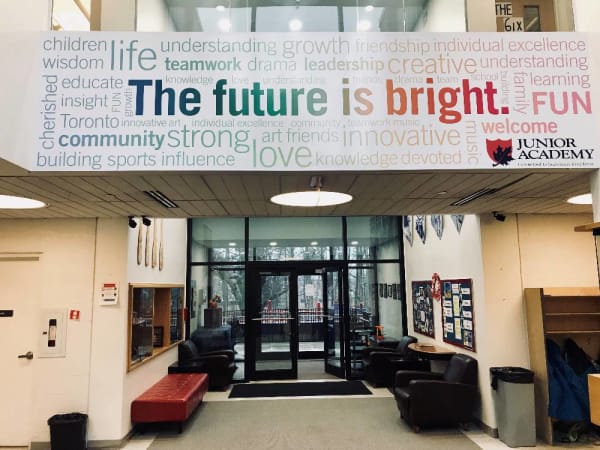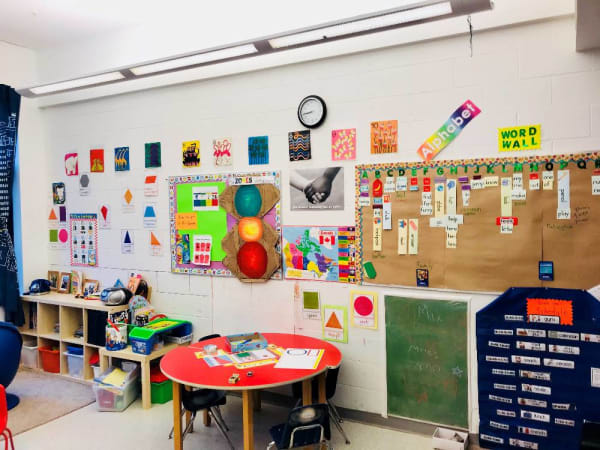
The regions Junior Academy offers busing from are:
Additional notes: We work with several busing companies that transport students from all over the G.T.A. Please inquire with Nicholas Johnson at [email protected] to learn more
How we see Junior Academy
Compare with:
How Junior Academy sees itself
"Junior Academy is a co-educational school for students from Toddler age to Grade 8. We strive to put a child’s strengths at the forefront of their education. We believe that students do well if they can, therefore we provide a supportive environment where students are accepted, appreciated, encouraged and challenged according to their individual strengths. Progressive programming includes project-based learning, character development, executive functioning, outdoor education, daily PE, music, art, and drama."
"Junior Academy has built a community around the families whose children attend our school. This community spirit is vital to ensuring all students feel they can achieve academic success.
Junior Academy has intentionally remained a small school. An inclusive atmosphere creates a sense of belonging that streams through our hallways nurturing faculty, teachers, and students alike. As a result, Junior Academy excels at building the required self esteem and confidence in all of their students."
"We believe families choose Junior Academy over other schools because of the extra time, support, and dedication our staff give to our students, and their families. The common feedback we hear from our community is how well we maintain the lines of communication because we believe that working together as a cohesive unit is how we achieve success.
Another factor is how much Junior Academy focuses on the social and emotional aspect of a child."
"Junior Academy is a "one-stop shop" for a variety of supports and services and some families may not be aware of this feature. We work with several outside agencies such as Shining Through, Red Oak, and Bartimaeus, to name a few. In addition, we offer in-house SLP, OT, Music Therapy, Tutoring, Behaviour Therapy, 1:1 support, and much more."
"Most people see J.A. as having no greenspace, which can be an issue for perspective families, but we are very fortunate to be able to use dozens of acres of fields and forest across the street for Outdoor Ed., Phys. Ed., and many more outdoor activities.
Secondly, when you drive by J.A., nobody really knows about the full-size gymnasium 30 feet below grade until they step foot in the building. In here, we host our spring/winter concerts, basketball games, dance and movie night, and much more."












How people from the school’s community see Junior Academy
Top-down influence on the school’s direction and tone

Paul Bamberger, Principal
Welcome to Junior Academy!
Our small dynamic school with class sizes of 10 to 14 students means that our highly qualified teachers know each and every child. We not only recognize and accommodate different learning styles but understand and embrace them. Our teachers and support staff work together to ensure that gifted learners, average learners and those needing additional support, are equipped with the means to achieve their full potential both academically and socially.
Junior Academy’s commitment to extracurricular activities, leadership development and community involvement are cornerstones of our programme. We encourage all of our students to be involved, try new things and discover their passions.
Come and experience Junior Academy’s warm, nurturing and inclusive community for yourself. We look forward to sharing our unique learning environment with you.
Sincerely,
Paul Bamberger
If you’re considering a small school for your extroverted child, make sure it offers plenty of social opportunities, including the ability to seek out and interact with different peer groups. Since smaller schools have smaller and less diverse student populations than big schools, it can sometimes be more challenging for your child to find a like-minded group of friends—friends with similar interests, values, etc.
“It’s important to look at the social makeup of the school,” says Ruth Rumack of Ruth Rumack's Learning Space. "Is there enough variety that your child will have a group that they feel connected with? Because you want to have friends that are like-minded and you want to be in a social situation where you feel honoured and respected. Variety can also be found in extracurriculars, leadership programs, and sports activities, which tend to have kids with a wide range of personalities.”
Also, make sure a school’s teaching and learning approach is suitable for your social child. “For instance, a school focusing on individual learning instead of group learning may not play into your child’s strengths,” say Ann and Karen Wolff, Toronto-based education consultants at Wolff Educational Services. “You want to make sure the social, emotional, and academic realities of the classroom are a match for your child’s personality.”
Smaller schools often have small classrooms and tight-knit communities, which can make it easier for your introverted child to come out of their shell, make friends, and feel like they belong. Since they’re less socially overwhelming, your child should find it easier to navigate their social environment. And since they’re conducive to group work, small classes often have plenty of interaction, which can help your child develop critical interpersonal skills.
Of course, small schools normally have a less diverse student population than big schools, which can sometimes make it more challenging to find a group of like-minded peers—peers with similar personalities, interests, values, etc. This makes it especially important to ask a school about its extracurricular programs, which can help your introverted child establish an intimate social circle.
THE OUR KIDS REPORT: Junior Academy
Next steps to continue your research:
Continue researching Junior Academy with OurKids.net, or visit school website.